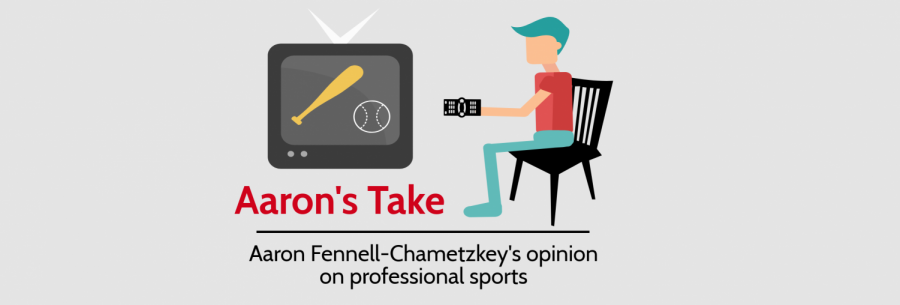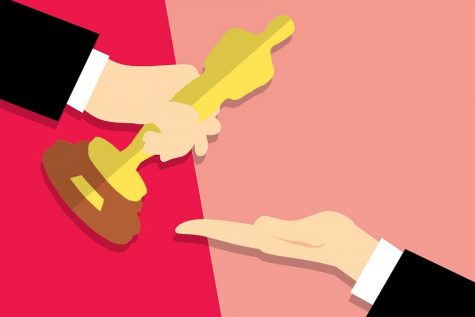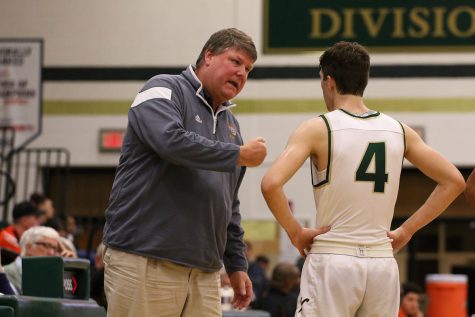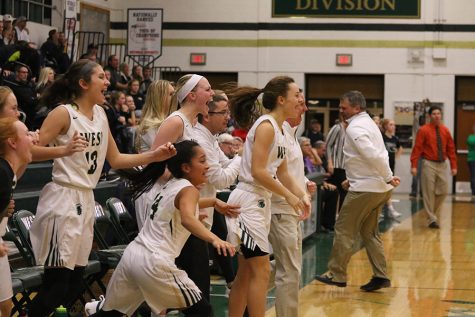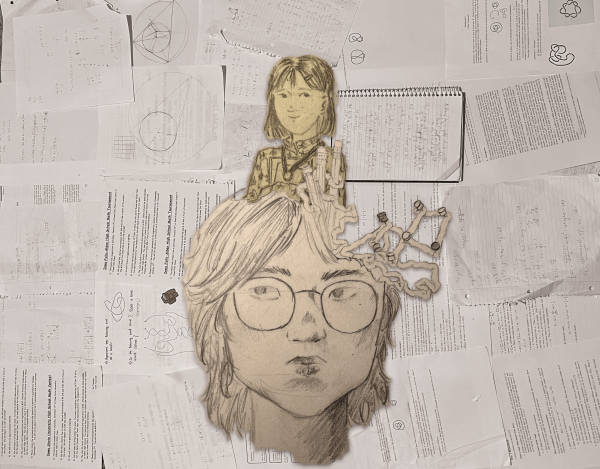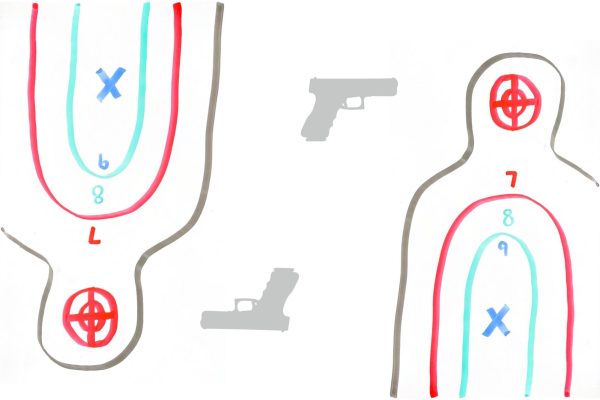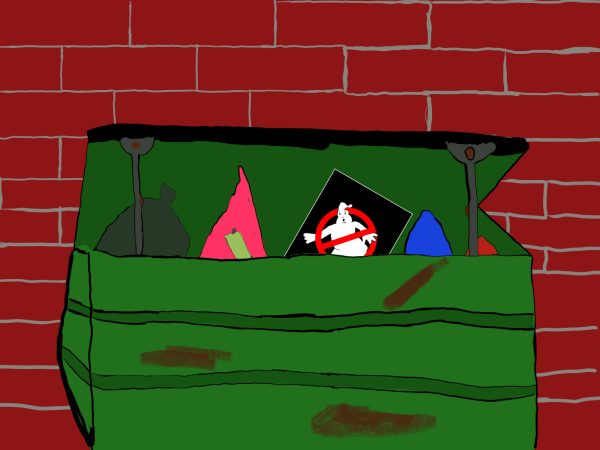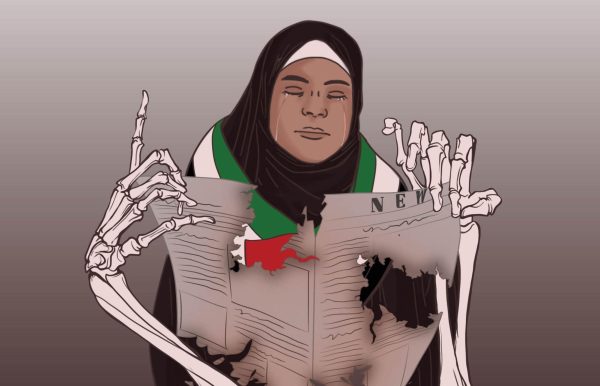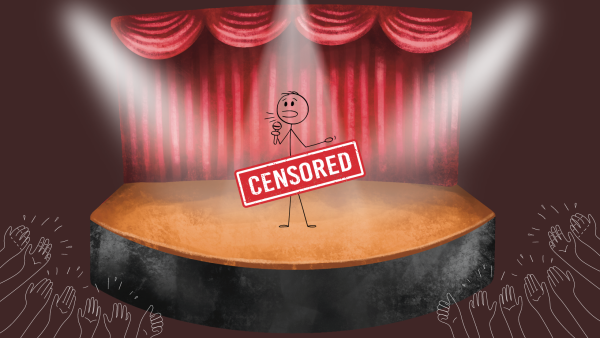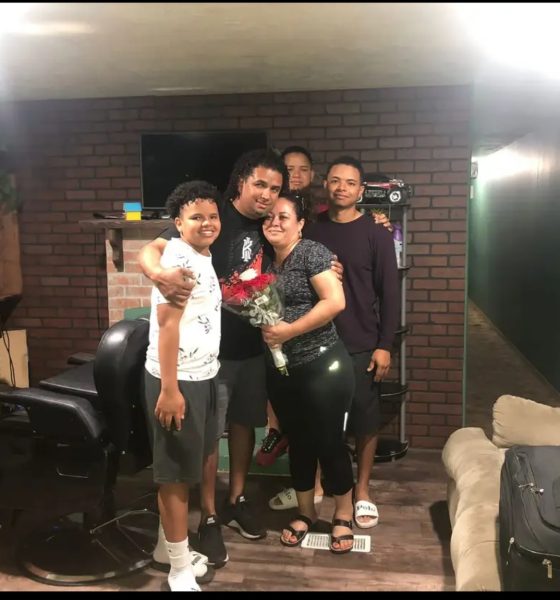Aaron’s take: NBA mid-season awards
Aaron Fennell-Chametzky ’20 shares his top picks for the NBA awards.
The NBA season is almost at the unofficial halfway point with the All-Star Weekend in Charlotte, North Carolina this year. The official awards, however, are only for the regular season. Here are my picks for the top awards in the NBA that will be revealed in June.
Most Valuable Player:
James Harden. The bearded magician has been putting on one of the best offensive seasons in NBA history while single-handedly carrying the Houston Rockets to a playoff spot. Superstar point guard Chris Paul and rising center Clint Capela have missed significant time for Houston, and 2016-17 Sixth Man of the Year shooting guard Eric Gordon has been pretty bad. People are comparing Harden’s season to Lakers legend Kobe Bryant’s 2005-06 season where he averaged 35.4 points a game, the most since Michael Jordan. Harden is topping that with 36.2 points per game this year. Unlike Kobe and Jordan, Harden is also an above-average three point shooter and among the league leaders in assists. He currently sits in the No. 4 spot in the league with 8.1 assists per game. Kobe and MJ were much better defenders, but remember I said offensive season. Giannis Antetokounmpo of the Milwaukee Bucks, commonly known as Greek Freak, is Harden’s biggest challenge this season. He is a force on both ends of the ball as we can tell from his over one block and over one steal per game. The Greek Freak, named so for his origin and athleticism, is my number two choice because his team has been healthy and in general have better options to go to besides Antetokounmpo.
Rookie of the Year:
Luka Doncic. This one is pretty well agreed upon, and for good reason. Doncic’s raw numbers are eerily similar to the rookie stats of LeBron James’ (who wasn’t on my MVP list because of his injuries). He’s averaging over 20 points, five assists and five rebounds per game. The draft day trade the Mavericks made to acquire Doncic has turned out very one-sided so far. My runner-up is Jaren Jackson, Jr. of the Memphis Grizzlies for his two-way presence. He shoots the three-pointer at a respectable 33.3 percent on the year and averages 1.5 blocks per game.
Most Improved Player:
Buddy Hield. In ’17, the former Sooner was considered a “That’s it?” guy in a trade that sent him from the New Orleans Pelicans to the Sacramento Kings for superstar center DeMarcus Cousins. The shooting guard was decent in his rookie season, a quality sixth man in his second season and now the best shooter in the league besides Steph Curry, Klay Thompson and Kevin Durant. What sets him apart from players like the Utah Jazz’s Joe Ingles and the San Antonio Spurs’ Bryn Forbes is Hields high volume. Hield is the go-to guy for the upstart Kings, averaging over 20 points per game. “Buddy Love” is finally living up to his draft hype. Pascal Siakam, power forward on the Toronto Raptors, is many people’s pick, and I understand that. I have him second because I thought he was pretty good last season. Siakam was a nice player who could hit mid-range shots and play defense. Now he’s added three-point shooting and has become one of the best playmaking bigs.
Defensive Player of the Year:
Rudy Gobert. Like James Harden, I’m picking the same player who won the award last year. The reason is because Gobert is basically “innocent until proven guilty” as he averages over 13 rebounds and two blocks per game for the Utah Jazz, who have one of the league’s best defenses. My runner-up is Marcus Smart of the Boston Celtics. Smart flat out wants it more than 99 percent of players. When you watch him in person his hustle is remarkable. Smart is also ranked second in the league in steal percentage.
Sixth Man of the Year:
Domantas Sabonis. Anthony Davis and Jahlil Okafor, Karl-Anthony Towns and Gorgui Dieng, Joel Embiid and Mike Muscala. None of them are the best center combinations in the NBA this season. Myles Turner and his backup Sabonis are the best center duo because both players are great. Sabonis is what Turner is not: a post-up, playmaking big who doesn’t shoot from long range. He knows what shots to take, leading to his absurd 61.6 percent field goal percentage. Averaging only 25.2 minutes per game he collects 9.5 rebounds, which easily leads his team. In second place, I have Los Angeles Clippers big man Montrezl Harrell because he scores at a similar rate to Sabonis (15.5 for Harrell compared to 14.8 for Sabonis). Sabonis averages one more assist than Harrell and is a significantly better foul shooter, while the one advantage Harrell has over Indiana’s big man is defense.
Your donation will support the student journalists of West High School. Your contribution will allow us to purchase Scholarship Yearbooks, newsroom equipment and cover our annual website hosting costs.


